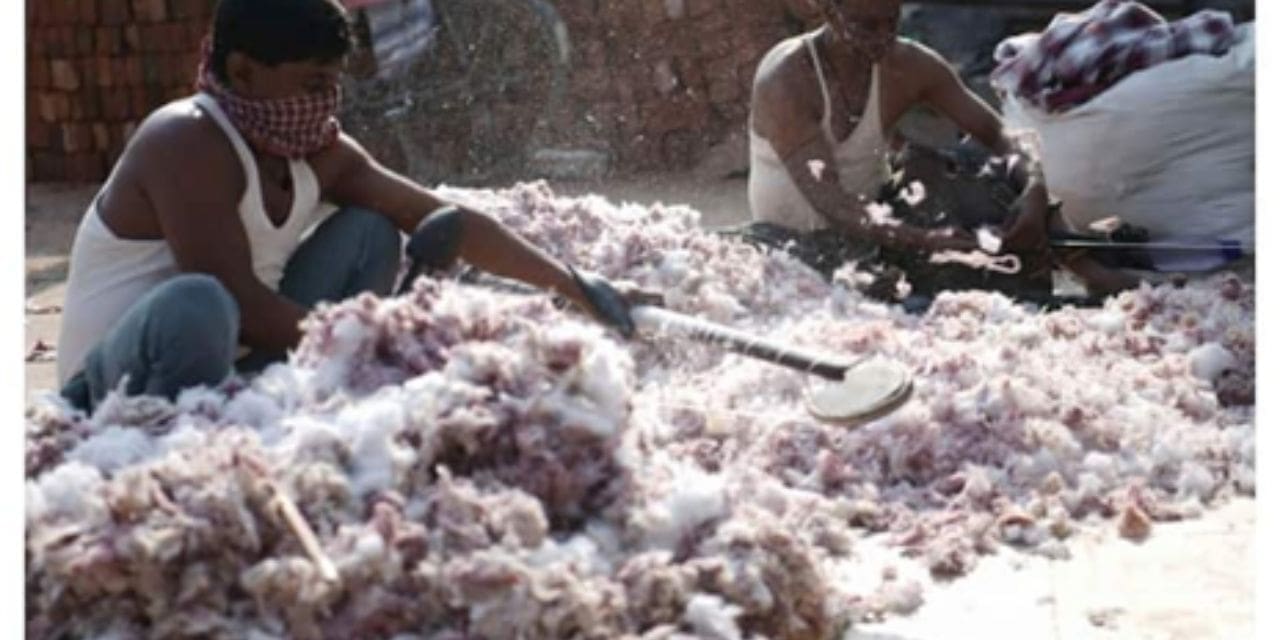Union Textiles Minister PiyushGoyal had on May 18, convened a assembly of cotton traders, millers, and garment producers at the topic, “Spiraling Prices Of Cotton”, ensuing in needs through the fabric and garment industries to prohibit exports of the fibre.Also Read – India-Canada To Re-Launch CEPA Soon: Reports.
Cotton Prices Have Gone Up By Almost 100%
Cotton costs have almost doubled in comparison to 2021. The common modal or most-quoted rate of kapas (uncooked un-ginned cotton) at Rajkot APMC (Agricultural Produce Market Committee) mandi turned into Rs 12,250 consistent with quintal on Thursday, as in opposition to round Rs 6,three hundred this time closing year. This turned into additionally manner above the government`s minimal guide rate of Rs 6,1/2 consistent with quintal for long-staple cotton varieties.
Why Have Cotton Prices Increased So Much?
Experts opine that there are three main reasons behind the phenomenal price rise: Also Read – Indian Railways Not For Sale, Will Not Privatise it, AshwiniVaishnaw Makes Big Announcement
- Lower production: In 2020-21, India’s total cotton lint fibre output was 353 lakh bales (lb) of 170 kg each. For the current year, a Mumbai-based trade body, the Cotton Association of India (CAI), has estimated production at 323.63 lb. This figure, released on May 14, is lower than its previous estimates of 335.13 lb (made on April 9), 343.13 lb (February 25), 348.13 lb (January 18), and 360.13 lb (October 30).
- International prices: The Cotlook ‘A’ Index price, an average of representative quotes in the Far East destination markets, is currently ruling at 167 cents per pound, up from 92 cents a year ago. India is the world’s second-largest cotton producer after China and third-largest exporter after the US and Brazil. High global prices have made exports attractive. Also, they have pushed up domestic prices closer to export parity levels, while simultaneously making imports more expensive.
- Consumption: The state-owned Cotton Corporation of India (CCI), in March, projected total domestic consumption for 2021-22 at 345 lb, compared to 334.87 lb, 269.19 lb, and 311.21 lb in the preceding three marketing years. “Demand has significantly increased, as mills and other users were operating at sub-optimal levels in the past few years. Even during the pandemic, demand for bed sheets and towels had zoomed, translating into higher consumption of cotton and yarn,” said SK Panigrahi, Chief General Manager (marketing) of CCI.

